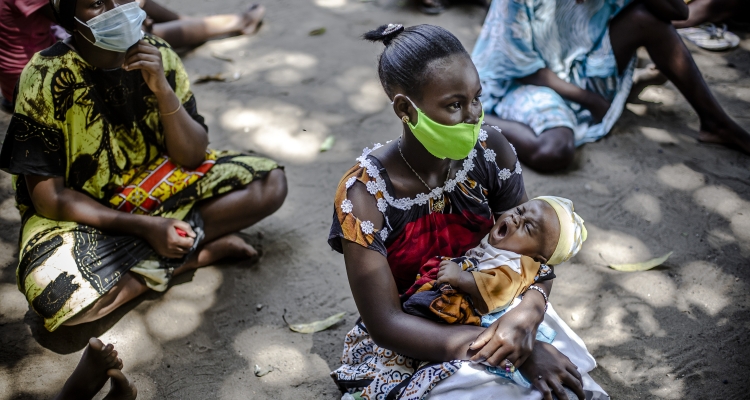Kampala, Uganda – As Uganda joins the global community in celebrating International Youth Day on August 12, the focus this year is on “Skills Development for the Enhancement of Youth Opportunities.” The celebrations, which will be held in Soroti District, come at a time when Uganda’s youth population, now constituting 81.4% of the total population according to the 2024 National Population and Housing Census, is facing critical challenges that threaten their future.
The theme, “From Clicks to Progress: Youth Digital Pathways for Sustainable Development,” aptly reflects the growing influence of the digital world on the socio-economic outcomes of young people. However, beneath the surface of these celebrations lies a ticking time bomb: the unmet need for comprehensive sexual and reproductive health services, particularly among Uganda’s youth.
Soroti, the host district for this year’s event, reported 1,286 cases of child marriages in 2020, highlighting the pervasive issue of early marriage and teenage pregnancy. Uganda continues to grapple with some of the highest rates of child marriage and teenage pregnancy in sub-Saharan Africa. The Uganda Demographic and Health Survey 2016 revealed that 34% of young girls are married before the age of 18, with 7.3% married before 15, resulting in an estimated 32,000 pregnancies recorded each month.
A 2020 report by the United Nations Population Fund (UNFPA) revealed that despite efforts to curb child marriages, nearly half of all girls in Uganda are still affected, with 43% of women aged 25-49 years having been married by 18. Additionally, the prevalence of defilement remains alarmingly high, disproportionately affecting young girls. The Uganda Police Report 2022 documented 12,780 cases of defilement, with 12,470 female juveniles and 310 male juveniles as victims.
Beyond the social implications, the economic burden of early marriages and teenage pregnancies is staggering, posing significant obstacles to Uganda’s development goals. The per capita expenditure for minor health care of a child per episode is estimated at UGX 29,645 (USD 8). In 2020 alone, families of teenage mothers spent UGX 1.28 trillion (USD 290 million) on sexual and reproductive health services, with health facility expenditure on teenage mothers amounting to UGX 246.9 billion (USD 70 million). This combined expenditure represents 43% of the Ministry of Health’s 2019/20 budget.
Teenage mothers often face reduced income potential, which diminishes their standard of living and overall contribution to the country’s productivity, perpetuating a cycle of poverty. Despite these challenges, efforts to address teenage pregnancy remain hampered by deeply ingrained traditional and moral complexities. Early marriages are often rooted in cultural beliefs that deem girls ready for marriage once they begin puberty. In many cases, parents exploit these marriages to collect dowry or bride price, with the practice being sanctioned by traditional and political leaders.
Moreover, the early exposure to digital media, coupled with the weakening of social safety nets due to the absence of one or both parents, has exacerbated the problem. According to the Uganda Bureau of Statistics, the age of sexual debut in rural areas can be as low as 12 years, further complicating efforts to curb teenage pregnancies.
However, there is hope. Laws prohibiting the marriage of girls under 18 are crucial, as is the advocacy for improved enrollment and retention of children in schools. Studies have shown that the longer girls remain in school, the less likely they are to be married off at a young age. According to UNICEF’s 2022 report, *The Power to End Child Marriage*, “If all girls were to complete secondary school, the level of child marriage would likely fall by two-thirds (66%). If all girls continued on to higher education, the level would drop by more than 80%.”
The Ministry of Health must not only develop policies to address the drivers of teenage pregnancy but also ensure that contraceptives are accessible to those who need them. These measures, coupled with addressing the economic and social factors that prevent families from keeping girls in school, are essential in breaking the cycle of poverty and enabling Uganda’s youth to thrive.





